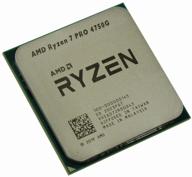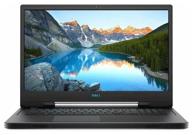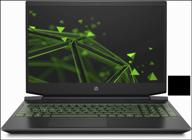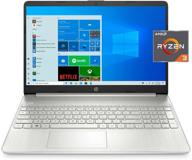
Review on 🔥 Qotom-Q555G6-S05: Powerful Intel Core i5 7200U Industrial Micro PC with 6 Gigabit Ethernet NIC - Small yet Versatile Barebone System by Kendriece Figueroa

Powerful little computer that fits in a flat network closet in the wall
Built-in OPNSense for home networking. 6-port version, barebones. Installed Samsung 16GB RAM and 256 Indmem SSD. Completely redundant, but will be used later for other software. Barely reaches 1% of the processor on average. Pretty cool on touch.Config: The first port connects to the cable modem. 4 of the 5 remaining ports are connected to different parts of the house including the wireless access point in the living room. A port is not used. There is no separate switch. The initial setup takes place via a USB stick and a directly connected monitor with keyboard. All network interfaces are functional, installing RAM and SSD was quick and easy. OPNSense worked fine booting from USB, but the installer had a few errors initializing the GUI installer, but just trying again did the trick. After installation on SSD no more problems. No problem changing BIOS settings. Probably twice as thick as the tplink r600 vpn device I had before but still very compact. Generally very satisfied so far.
- Finally bought it
- Big and bulky
New products
Comments (0)
Top products in 💻 Desktops

HP Pavilion Gaming Desktop Computer, Ryzen 5 3500 Processor, NVIDIA GTX 1650 4 GB, 8 GB RAM, 512 GB SSD, Windows 10 Home (TG01-0030, Black)

11 Review

Processor AMD Ryzen 7 PRO 4750G AM4, 8 x 3600 MHz, OEM

11 Review

15.6" Laptop ASUS Vivobook Pro 15 M6500QC-HN118 1920x1080, AMD Ryzen 7 5800H 3.2GHz, RAM 16GB, DDR4, SSD 512GB, NVIDIA GeForce RTX 3050, no OS, 90NB0YN1-M006N0, blue

24 Review

Notebook DELL G7 17 7790 (1920x1080, Intel Core i5 2.4 GHz, RAM 8 GB, SSD 256 GB, HDD 1000 GB, GeForce GTX 1660 Ti, Win10 Home)

26 Review
Another interesting products

HP Pavilion Gaming 15-ec2048ur 15.6" Laptop 1920x1080, AMD Ryzen 5 5600H 3.3GHz, 8GB RAM, 512GB SSD, NVIDIA GeForce RTX 3050, DOS, 4E0T5EA, Dark Grey/Bright Green Chrome Logo

77 Review

HP FHD Touchscreen Quad Core I7 1065G7

104 Review

HP 15 Ef1300Wm 3 3250 Silver Windows

100 Review

13-Inch Apple MacBook Pro with 8GB RAM and 512GB SSD Storage in Space Gray - Previous Model

77 Review

